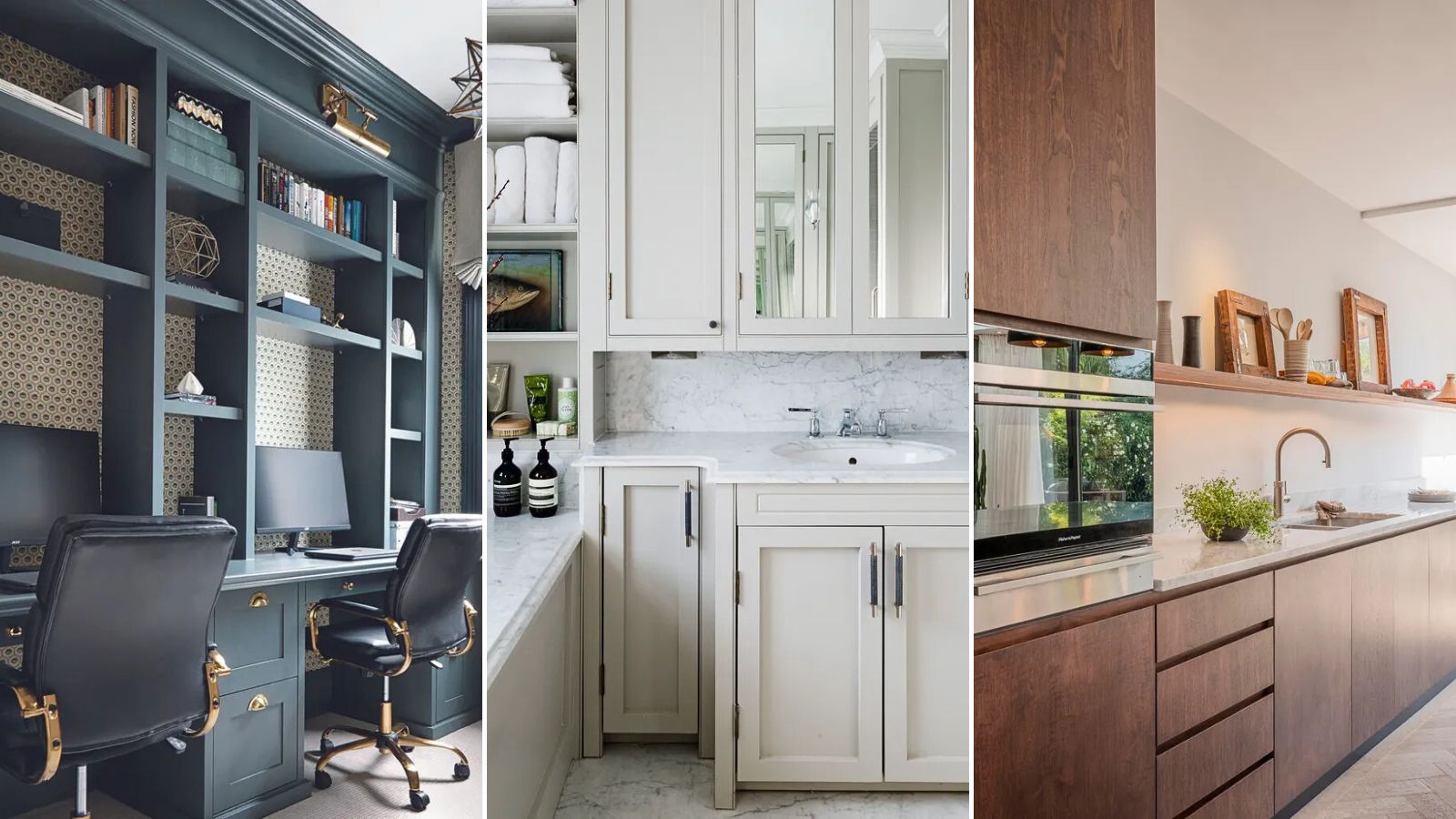
There are thousands of approaches to decluttering your house and every type of storage or nook you have in it. This abundance of choice can make an already overwhelming task even harder to get through – especially if you are indecisive.
While some of us need some general tips to steer us in the right direction, others need a more specific approach to break the task down and make it less stressful or quicker. Here, we have broken down 38 of the best so you can find your soulmate decluttering method and finally conquer clutter.
Here at Solved, we have spent the last few years testing dozens of decluttering tips ourselves – everything from whole-house blitzes to smaller closet-specific hacks – so we have great personal insight into which methods work, and the type of person they're a good match for.
H&G's Ultimate Decluttering Method Library
Some of the most valuable decluttering lessons we have learned have come from trying out each of these 37 decluttering methods. There is something here that will work for everyone. You can mix and match your favorite parts of these methods to maximize your decluttering prowess or try different methods depending on what is happening in your life at the time. It’s all about trial and error.
For general clutter and household tidying

If you’re starting to spot the signs it's time to declutter your home, and your storage ideas need a general clear-out to stay on top of mess, these maintenance tricks might be perfect for you:
- The Ski-Slope Organizing Method – This method breaks rooms down into individual zones that you can crisscross between with a basket (such as this collapsible laundry basket from Walmart) to collect clutter for rehoming. This is a great way to generally tidy up your home and dispose of general clutter without diving headfirst into a messy corner and becoming overwhelmed.
- The SIMPLE Method – SIMPLE stands for Sort, Identify, Make a home, Put in containers, Label (using a label maker, from Walmart), and Establish a routine. It makes everyday decluttering and home organizing more structured so you always achieve your goals without getting distracted.
- The Didn’t Know Method – This approach is great for clearing out cabinets and containers that have started to overflow, removing items you had forgotten you owned before they become a serious clutter problem.
- Week-by-Week Decluttering Method – If your home is starting to look a little untidy around the edges, this approach is perfect. It allows you to work on one room a week to prevent clutter from becoming a bigger problem. This Walmart weekly planner makes it easy to stay on track with your chores.
For serious clear-outs

If you are particularly motivated to declutter and decide you need to be more ruthless when decluttering and want to cut back on a lot of clutter quickly, these six structured approaches might be a good place to start – especially if you are decluttering to downsize, or want to encourage minimalism at home.
- Minimalist’s Packing Party Method – This extreme decluttering approach entails packing everything you own into boxes as if you were moving, and only unpacking items as you use them. Anything left in packing boxes, available at Walmart, after three weeks or more has to go.
- One Bag-a-Day Decluttering Method – If you need to clear out a lot of clutter but can’t sit down and do it in one chunk, the one-bag-a-day method might work for you. The clue is in the name, you fill up one bag every day with clutter and get rid of it until you can no longer fill bags up. Using small trash bags from Walmart makes it easier to fill them up.
- The Move-Out Decluttering Method – Reminiscent of the ‘spark joy’ method, this approach asks ‘If you were to move to your dream home tomorrow, what would you take with you?’ anything you wouldn't take should be decluttered
- The ‘Out In The Open’ Rule – The opposite of the Packing Party Method, this approach requires you to pull everything you own out of storage and leave it lying around where you can see it. It forces you to put everything back, questioning if you use them or need them as you go. Nothing can be hidden away or ignored with this approach.
- The 30-Day Minimalism Game – If you want to set yourself a challenge to feel motivated, this is a great approach. You get rid of a number of items equal to the day of the challenge you are on. For example, on day one, you get rid of one thing. On day 12, you get rid of 12 things, all the way up to day 30, when you get rid of 30 things.
- Swedish Death Cleaning – This morbid-sounding method works on the idea that, when you pass, your friends and family will have to deal with your clutter. It is designed to help you cut back on what you own to make your family's lives easier in the future and improve your life in the present.
For people who are easily overwhelmed

On the other end of the spectrum, if you find that you are always decluttering when you feel overwhelmed, these five methods help to break things down into more manageable, stress-free chunks to help you regain some control over clutter while reducing mental load.
- The Reverse Advent Calendar – While this originated as a holiday decluttering hack, it can be repurposed and used any time of the year. The name is self-explanatory. While you would usually open a door every day for one month and gain an item or chocolate, you get rid of one item every day of a month, keeping the task concise to avoid overwhelm
- The CORE 4 Method – Breaking decluttering down into clearing, categorizing, cutting out, and containing helps to take some of the mental work out of decluttering, making it a little less stressful
- Three-Second Decluttering Rule - This gentle decluttering method gives you more leeway on what to keep when decluttering. If it is not an immediate ‘no’, the item gets to stay.
- The Five Messes Method – If you struggle to work out what to declutter, this method can help. It breaks everything down into five types of mess, from trash to items with and without homes, to help you make more straightforward decisions about what to do with it all. This set of five woven baskets from Amazon makes this process even simpler.
- Hushing the House – If you are easily overwhelmed by visual clutter, this method is for you. It helps you mindfully remove items that stress you out for a more relaxing home.
For quick clean-ups
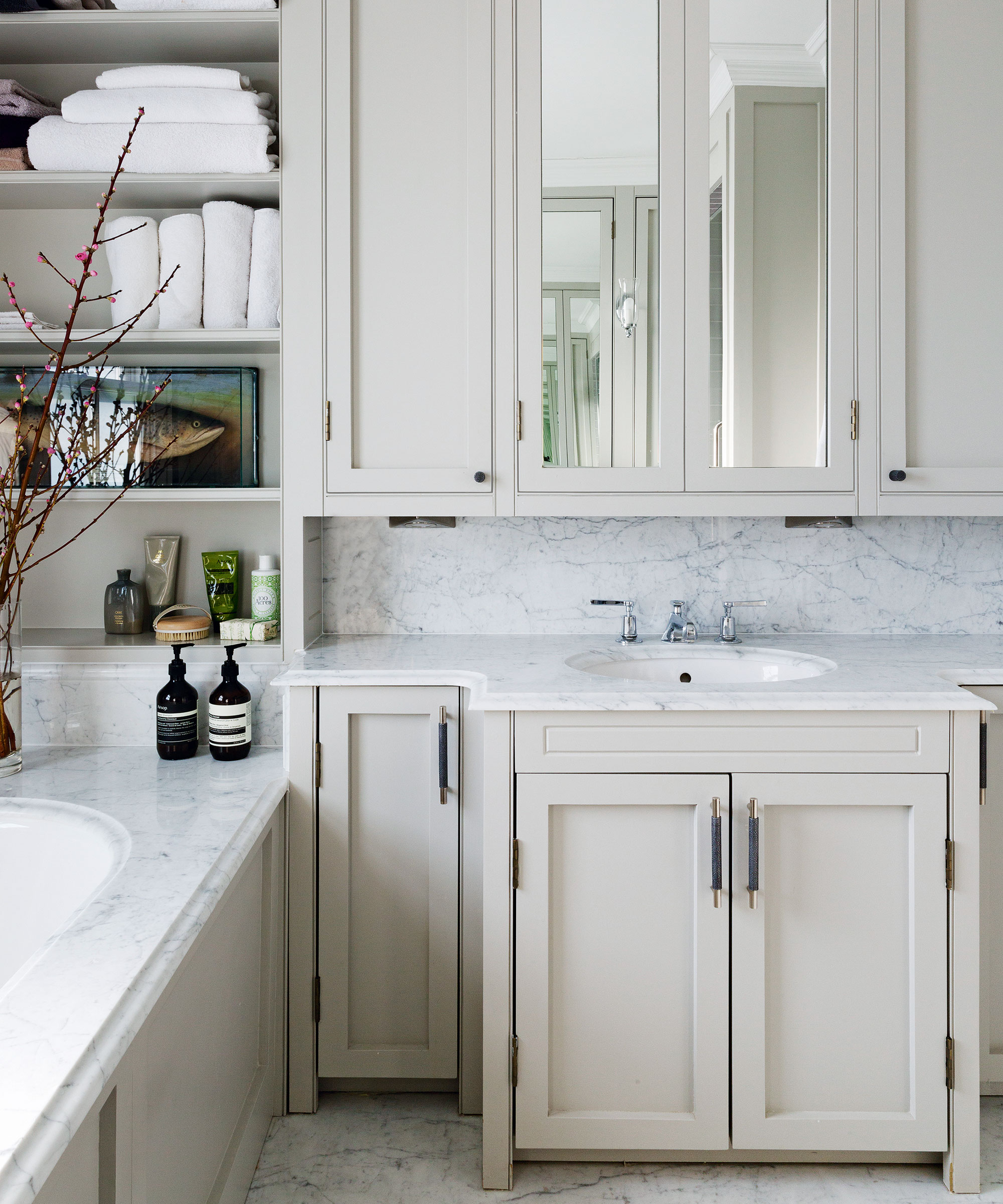
Whether you are looking to declutter clothes fast, or quickly want to blitz a few areas of your home before guests arrive, these quick decluttering methods will help you refresh your space without eating into your free time.
- The Boundary Method – This method sets clear boundaries for storing items. Anything that doesn’t fit has to go, making it ideal for organizing storage containers or organizing drawers, especially when paired with good adjustable drawer dividers, available at Amazon.
- Micro-decluttering – If you only have 10 minutes but want to tackle a key problem area, try micro-decluttering. You focus on one very specific area, such as one drawer of your nightstand, or just the bathroom vanity, to reduce clutter in key spots and make everyday life easier
For people who want to build better habits
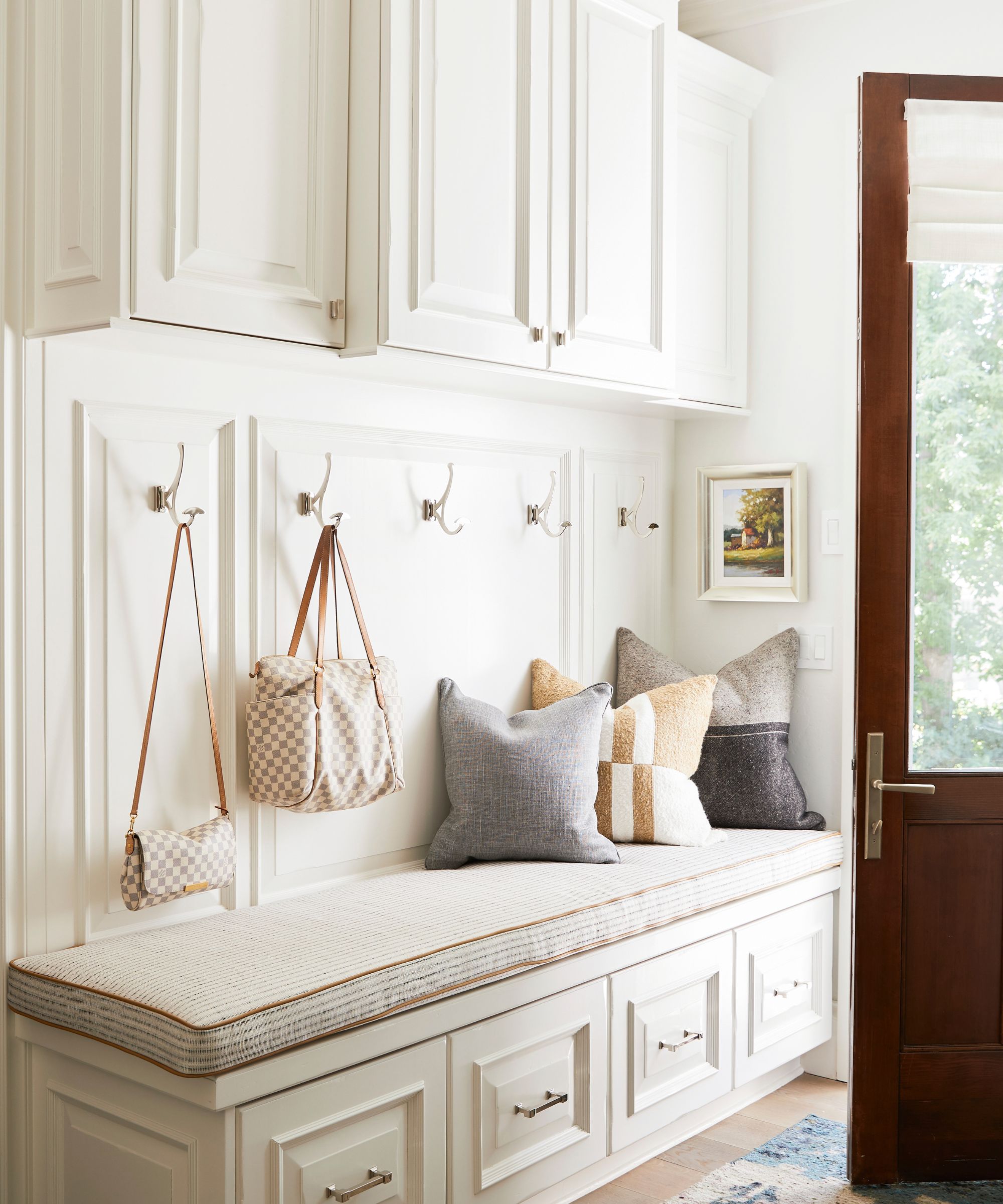
Sometimes, the best way to deal with clutter is to stop clutter before it starts. That is why we and organizing experts love these easy habits to keep your home clutter-free.
- One-In-One-Out Method – Another self-explanatory method, every time you add one item to your home, you get rid of another to keep your belongings at a constant level. Keep a lidded basket, like this one from Walmart, near your door to keep outgoing clutter tidy, but out of the way.
- The One-In Ten-Out decluttering rule – A more extreme version of the method above, you bring one item in and get rid of 10 items. They only have to be small to help you reach your targets.
- Dopamine Decluttering Method – If you want to improve your relationship with decluttering to make it a task you enjoy, start thinking more mindfully. This method involves setting achievable goals and incorporating rewards to build positive associations with decluttering.
- The Mailbox Decluttering Trick – If you like online shopping, this is a good habit for you. Every time a package arrives with items for your home, unpack them and keep the box. Then, fill that package box up with items to declutter to stop clutter before it builds.
For indecisive people
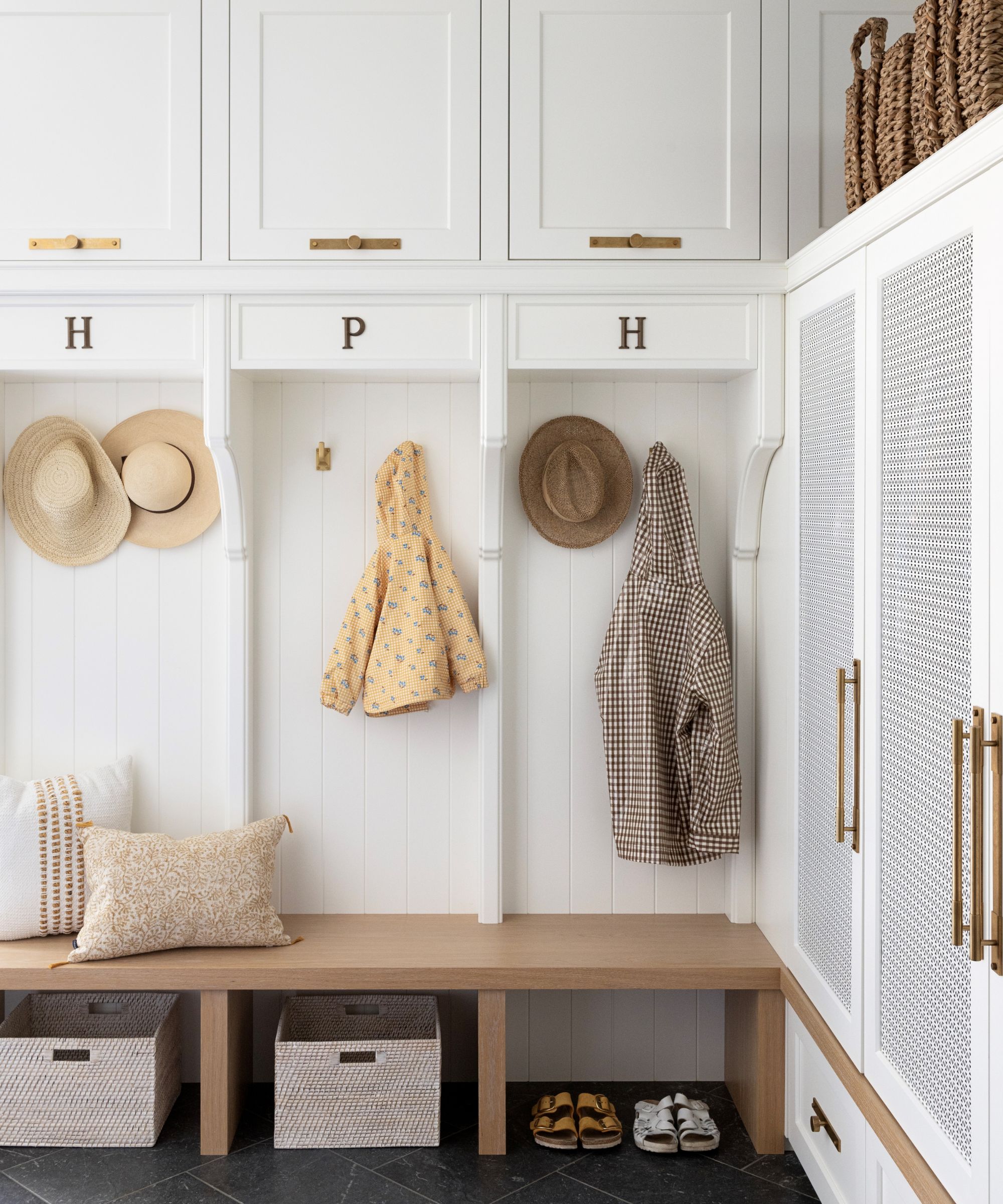
For those of us who struggle making decisions – especially in high-pressure situations – these four decluttering methods can help to make letting go of stuff easier so you can avoid decluttering regret.
- The Outbox Decluttering Method – If you always keep items ‘just in case’, you might like an outbox. For this method, you keep a box somewhere tidy in your home and put items you are unsure about keeping. If you have not thought about the item or used the item in one month, then it is a good sign you can declutter it without regret.
- 90/90 Decluttering Rule – For this method, you ask if you have used an item in the last 90 days, or if you see yourself using the item in the next 90 days. If the answer is no, you can part with it.
- 20/20 Decluttering Rule – For a more compact version of the 90/90 method, the 20/20 rule dictates that if you have an item you are unsure about, but it costs under $20 and you could replace it in under 20 minutes, you should declutter it.
- Sparking Joy Approach – One of the most famous decluttering methods, the spark joy approach (also known as the Kon-Mari Method) suggests that you should only keep an item if it makes you feel good when you pick it up.
- Didn't Know Decluttering Method – If you suffer guilt about getting rid of stuff you spent money on, this is the one for you. The simple rule is: if you didn't know you had something, or forgot you had it, get rid of it. Using this one parameter for keeping or getting rid of items makes decluttering any drawer, storage box or space a breeze.
For Closet Clearouts

Closet decluttering is a very specific type of decluttering that can leave a lot of people feeling down or overwhelmed. These two approaches are specifically designed to help you tackle your clothes without any of the dread.
- Capsule Decluttering Method – When you are struggling with clothes that you never wear, try this method. It dictates that you should only keep or buy a garment if it can be worn in at least three outfits to help keep your closet functional.
- Project 333 – If you want to try a minimalist closet, this challenge is for you. The idea is you live with only 33 items for three months. The rest of your clothing is stored away. At the end of the three months, assess what you used, and what collected dust, and what you missed from storage. This will help you make wiser decisions about what to declutter and what to buy in the future.
For people who want to make decluttering fun
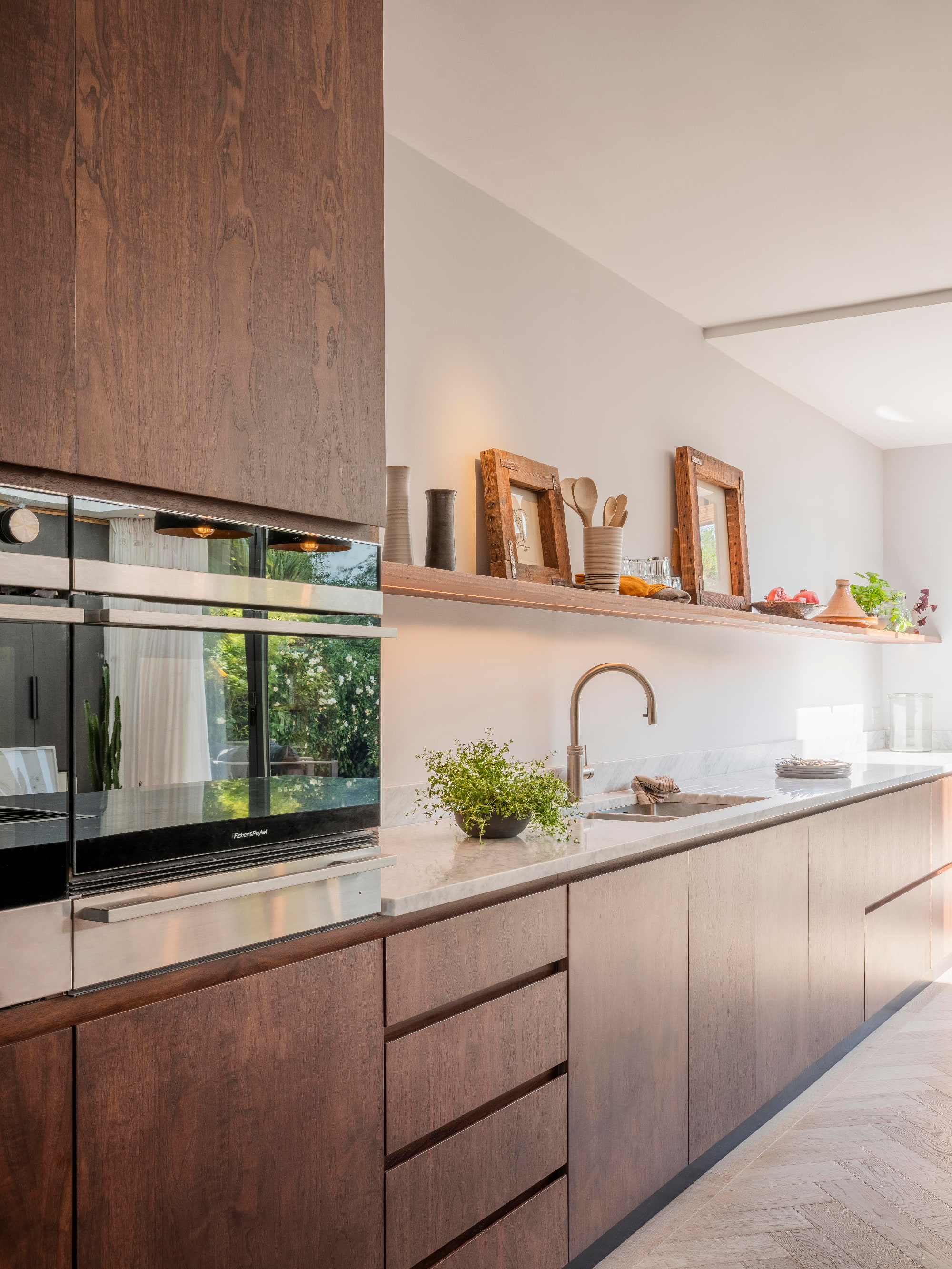
Not all chores have to feel, well, like a chore. There are some great ways to make decluttering fun and take some of the pressure off this usually stressful task. It can even help encourage your family to declutter, too.
- Scavenger Hunt Decluttering – For this method, you make a list of categories you need to declutter and hunt around your home for items to fulfill these requirements. This is a great approach to get children into decluttering, especially if you incorporate rewards.
Perfect for procrastinators
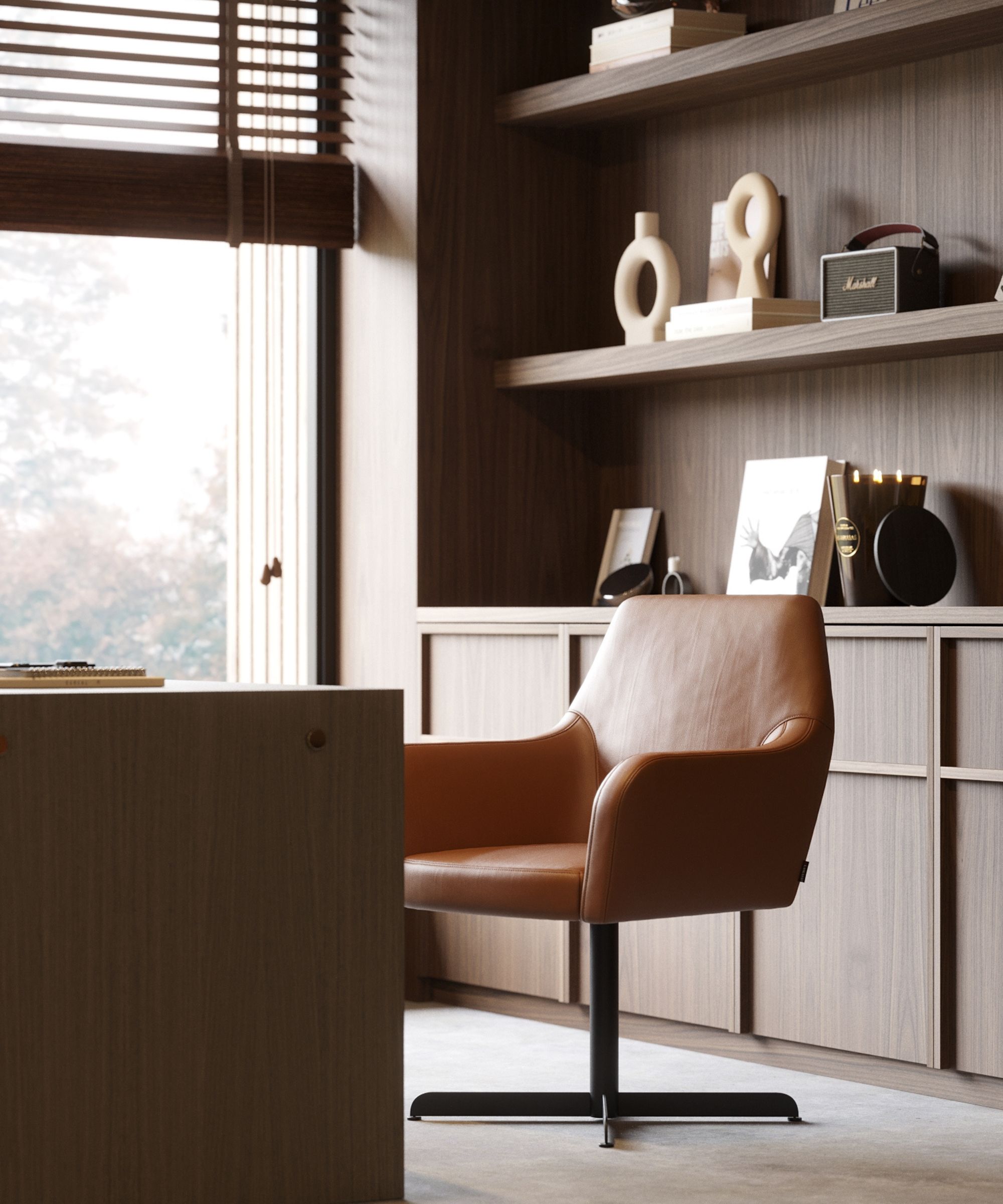
If you are prone to procrastination and need to make your to-do list less overwhelming you are not alone. Professional organizers have come up with several approaches designed specifically to make decluttering a bit easier so you can declutter your space without too much mental effort.
- 10-10-10 Decluttering Challenge – This simple method suggests that you spend just 10 minutes in 10 places around your home, decluttering at least 10 items from each space. This takes away the idea that you have to completely gut a room to be successful at decluttering to help motivate you.
- The Snowball Decluttering Method – If you are motivated by seeing your own progress, this approach will be a winner. You start small, making a note of each of your successes. This way, you can physically see how far you have come, helping motivate you to work up to bigger spaces – like a snowball rolling down a hill and getting bigger as it goes.
- 12-12-12 Decluttering Challenge – Another hunting-like game, you find 12 items to donate, 12 items to throw out, and 12 items to return to their proper home, helping you quickly tidy up your space but with a feel-good twist.
- The One-Touch Rule – To avoid a build-up of clutter, try the one-touch rule. The idea is you should only touch an item once for it to return to its proper home. For example, when you come home, you always hang your coat up on the hook, rather than leave it on a chair, as that would then require a second touch to put away. It helps fight off procrastination at the source.
- The KanBan Organizing Method – If you need a visual reminder of your tasks, the KanBan approach might be for you. You create a board with three categories – to do, in progress, and completed. From there, it is self-explanatory. Pick some tasks to do and move them across the board as you work on them. Similar to the snowball method, it can act as great motivation.
For people who are always too busy
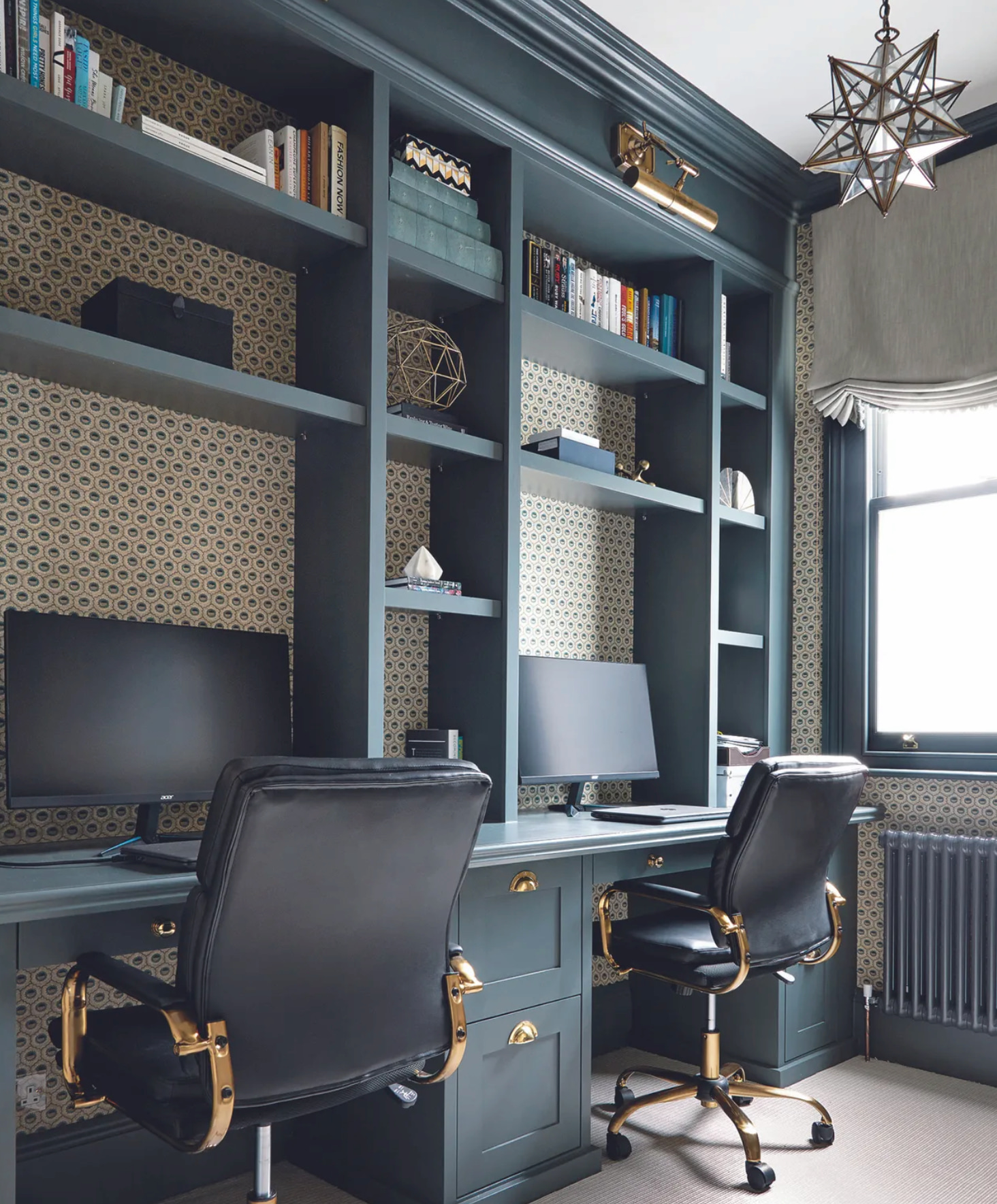
If you are constantly juggling cleaning your house when you’re too busy or feel like you are losing control of clutter, do not despair. There are plenty of ways you can regain control without it affecting the rest of your busy schedule.
- 7-Day Declutter Challenge – This is a very intense approach to organizing, but helps those who are struggling to make time for a slow decluttering project. You declutter every day for seven days, for as long as you can afford – be it five minutes, or an hour. Create a decluttering plan and breeze through as much as you can in your allocated time to get everything done in a week.
- The Decluttering Burst Method – If you don't have time to work on decluttering every day for a week, cut it down to one day and do a decluttering burst. The original goal of this method is to get rid of 100 things in one hour, but whatever you can clear out in 60 minutes is a win.
- The 5-Minute Cleaning Challenge – If your busy lifestyle gives way to doom piles of clutter around your home, the five-minute challenge is a good way to tackle them. Again, it’s self-explanatory – spend five minutes a day focusing on one problem area to gradually improve your life at home.
- The 5S Decluttering Approach – Designed to improve your efficiency, the five S’s stand for: Sort, Set, Shine, Standardize, and Sustain. It helps you to combine decluttering, cleaning, and organizing into one task to help save you time.
Once you have picked your perfect decluttering method, all that’s left to do is work out what to do with the items you are decluttering and negotiate any decluttering mistakes to improve your efficiency and declutter without making a mess.







